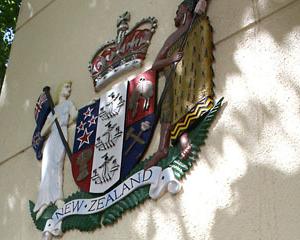When a Dunedin teacher uncovered a prehistoric bone on the edge of an Otago river she turned to her pupils to help deduce its origins.
Trinity Catholic College teacher Kathryn Davie said she noticed the bone nearly a month ago at the edge of the Waihemo/ Shag River.
Ms Davie did not initially realise it was a moa bone but, like any good scientist, her curiosity spurred her to investigate.
At the time she was teaching a dinosaur unit to her year 10 class, and thought it would make a great conversation starter with her pupils.
Her pupils were all very excited by her discovery and quickly started theorising the bone’s origins, at which point Ms Davie got in touch with Tūhura Otago Museum to get an expert’s opinion.

Julian said they came to this conclusion by deducing what moa would have been in the area at the time and comparing it to other known bones.
They narrowed it down to the South Island giant moa as one of the most likely species the bone belonged to, he said.
Tūhura Otago Museum natural sciences curator Kane Fleury verified the pupils’ prediction was correct.
Mr Fleury said the moa bone most likely dated back to a prehuman era because it exhibited none of the signs of human interaction, such as burns or cut marks.

Due to its fragmentation, the bone would not find a home within the museum’s collection, but Ms Davie was happy to incorporate it into the school’s own display.
‘‘It’s not about what I’m going to teach, it’s about what we can learn together.
‘‘They can very much own the knowledge.’’








